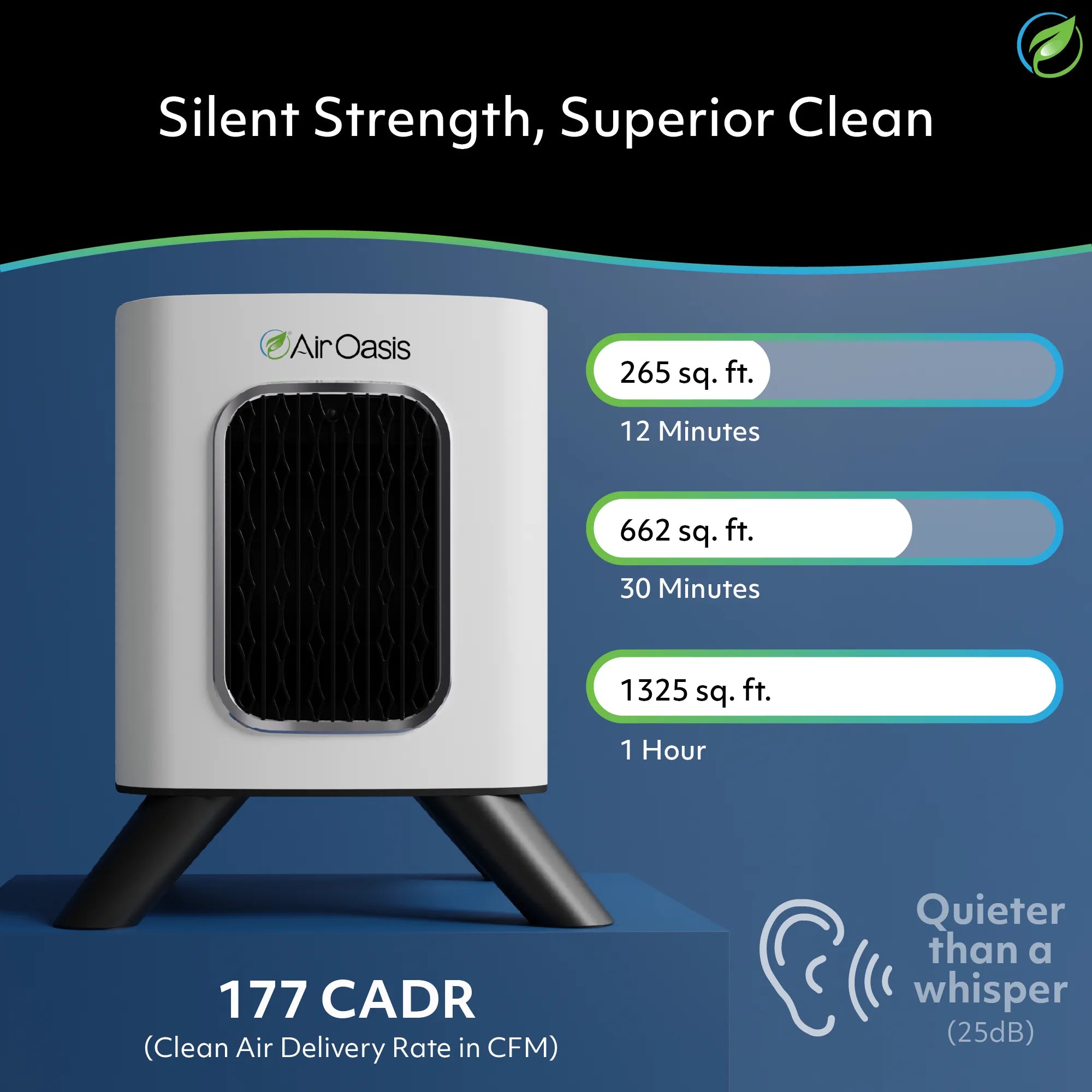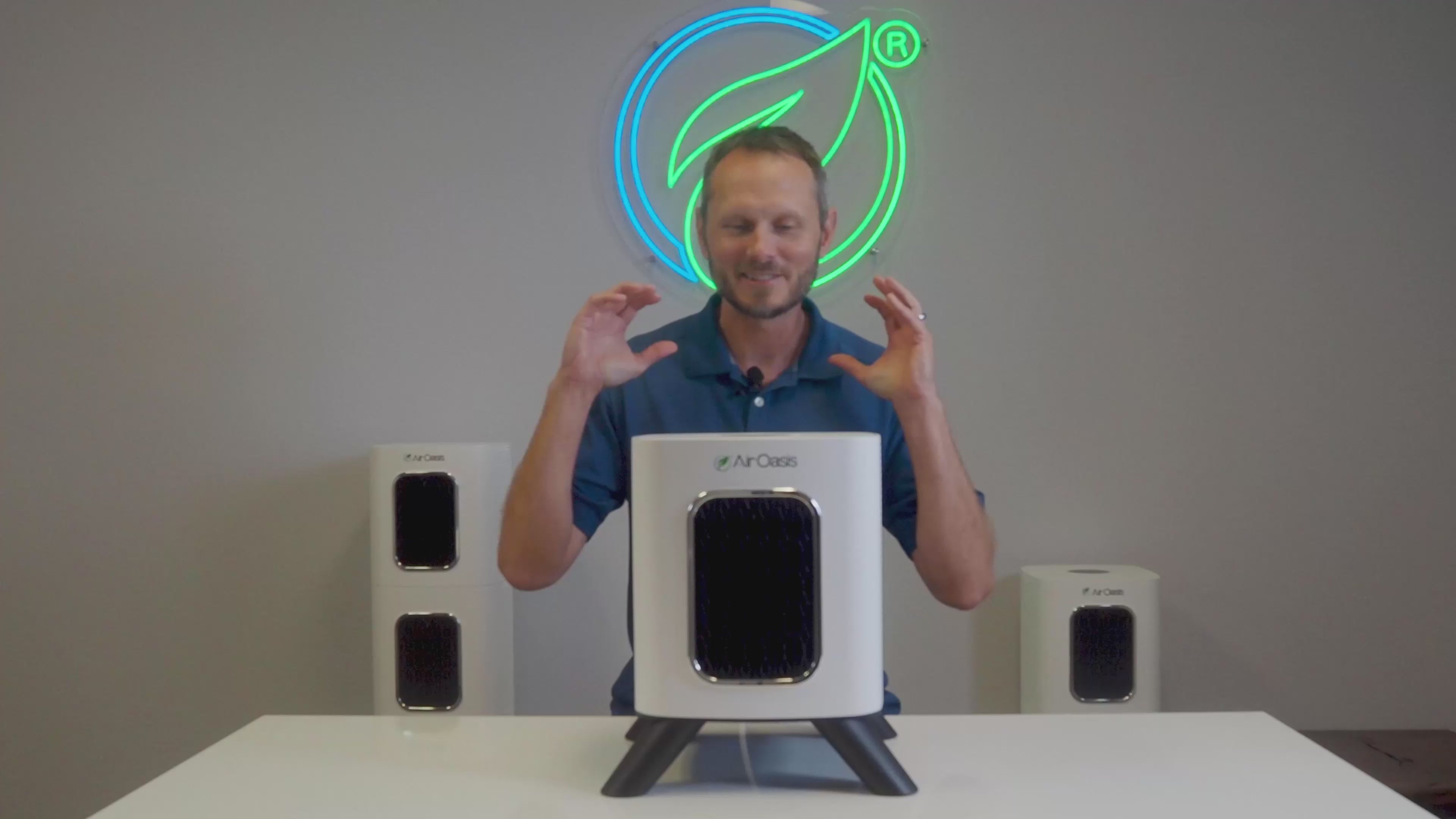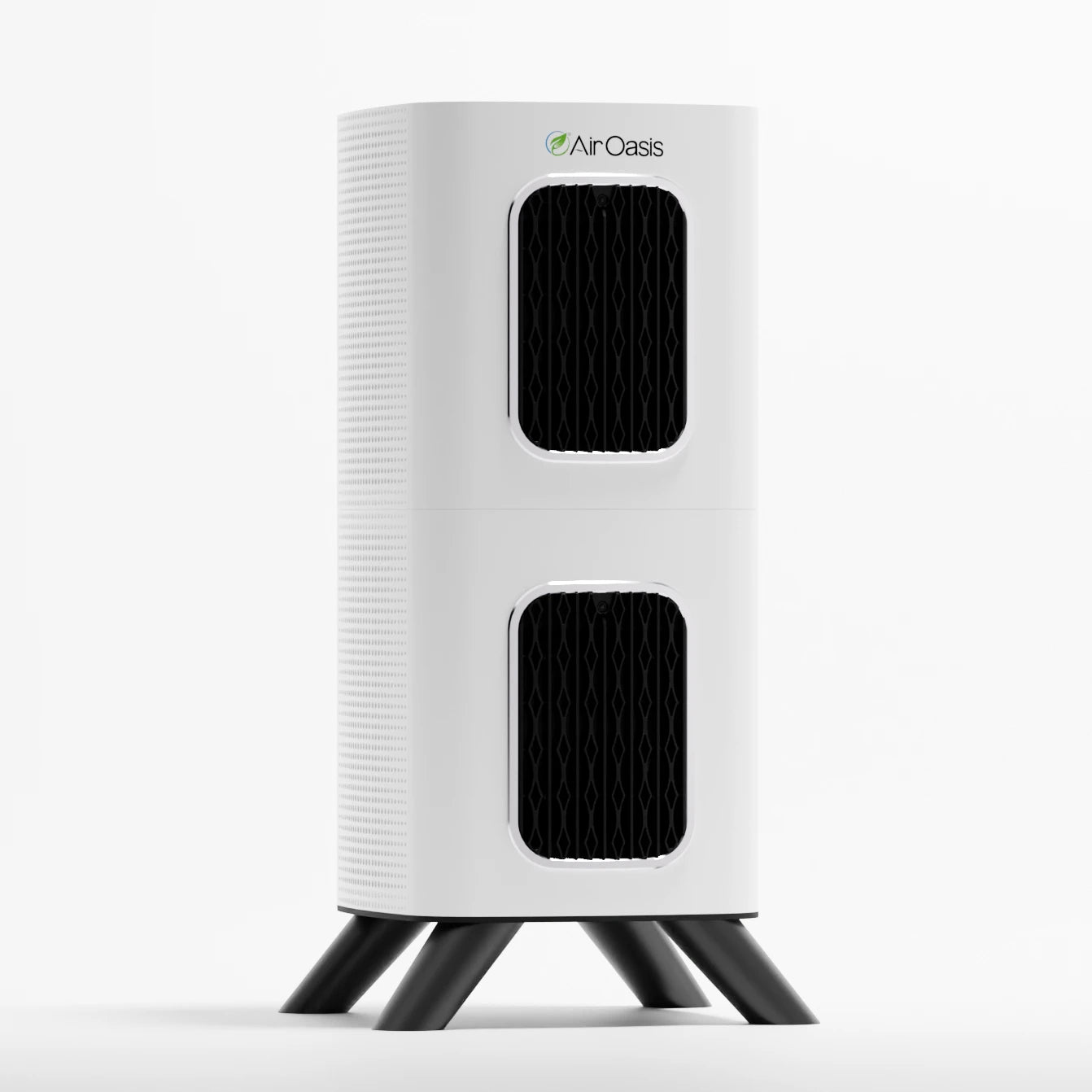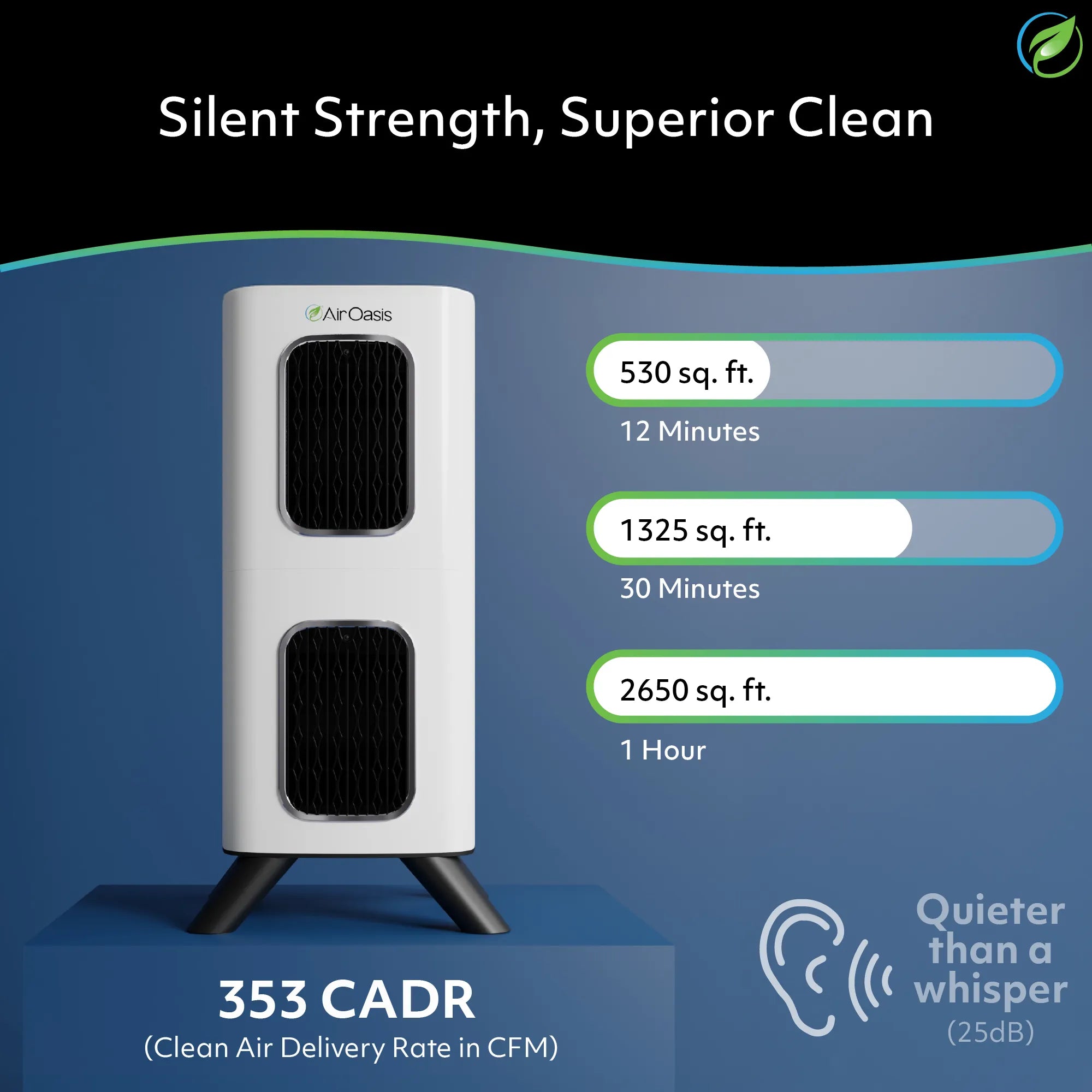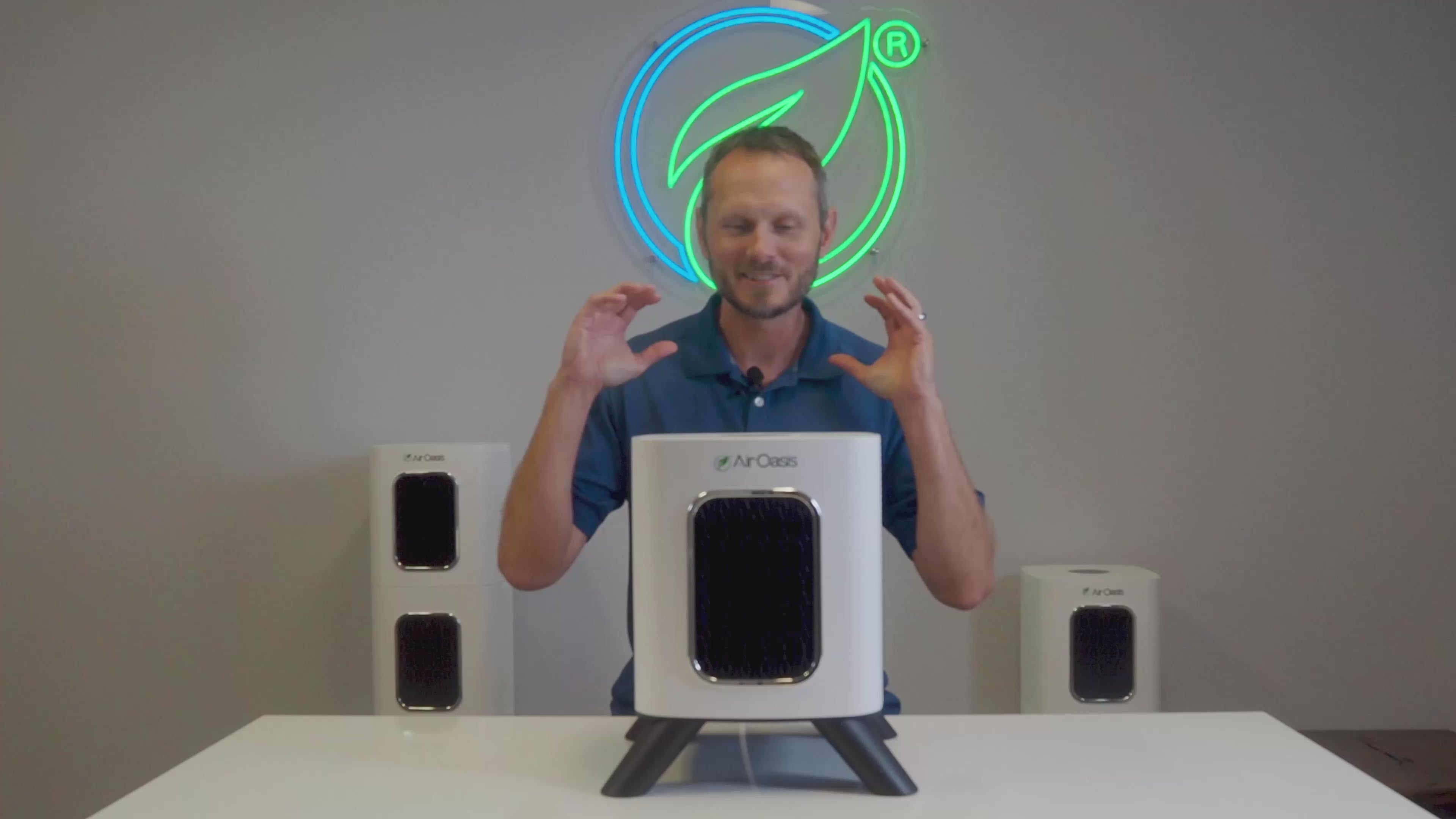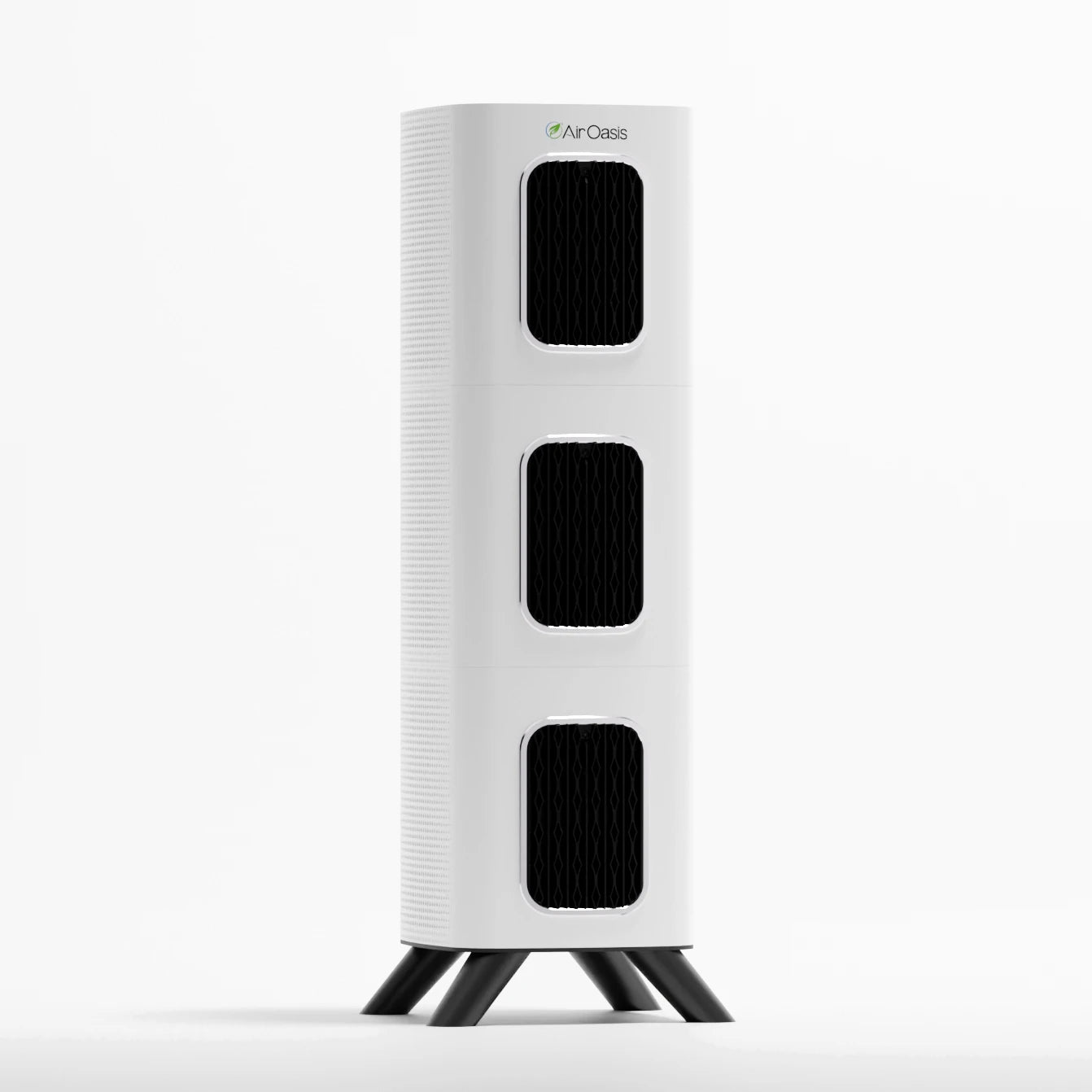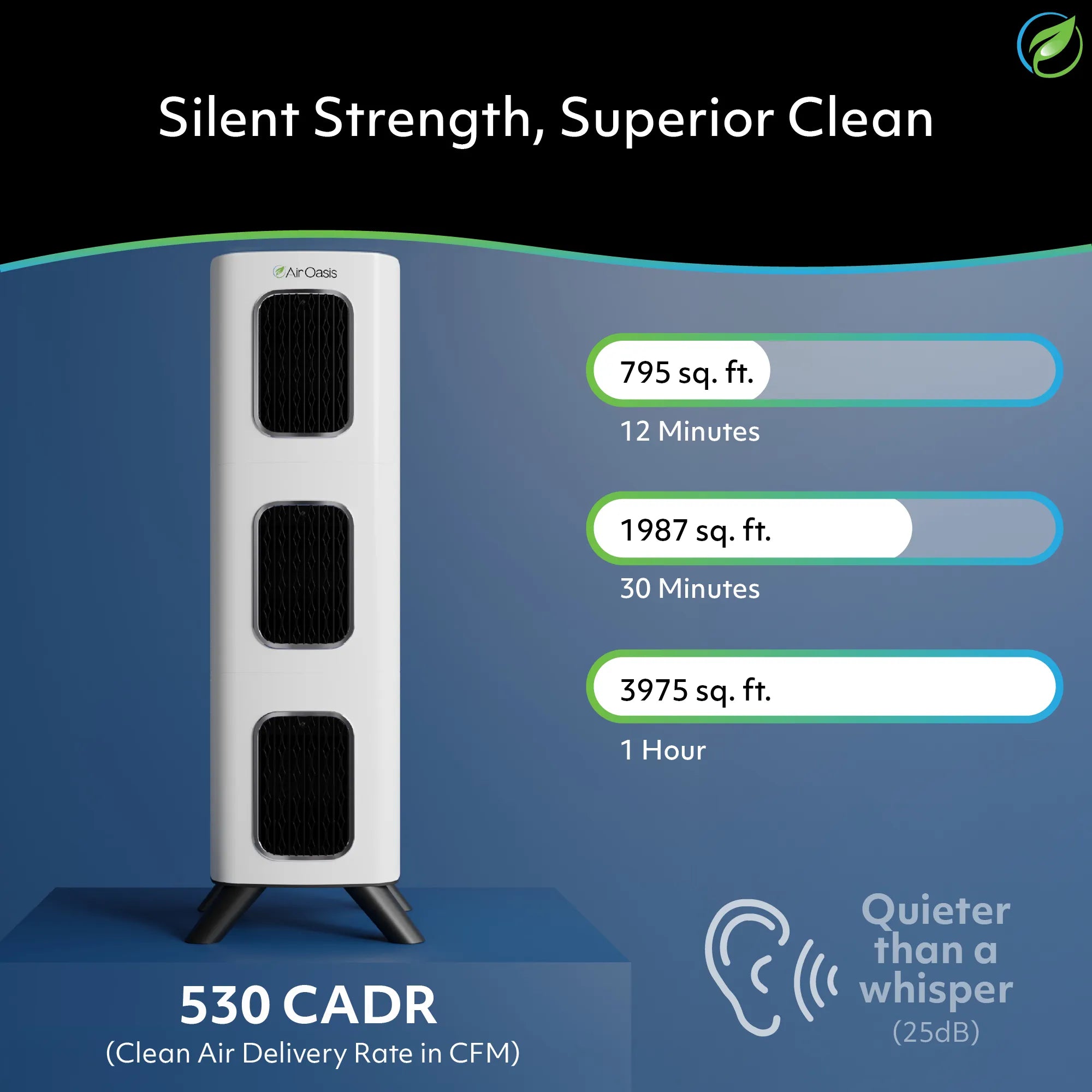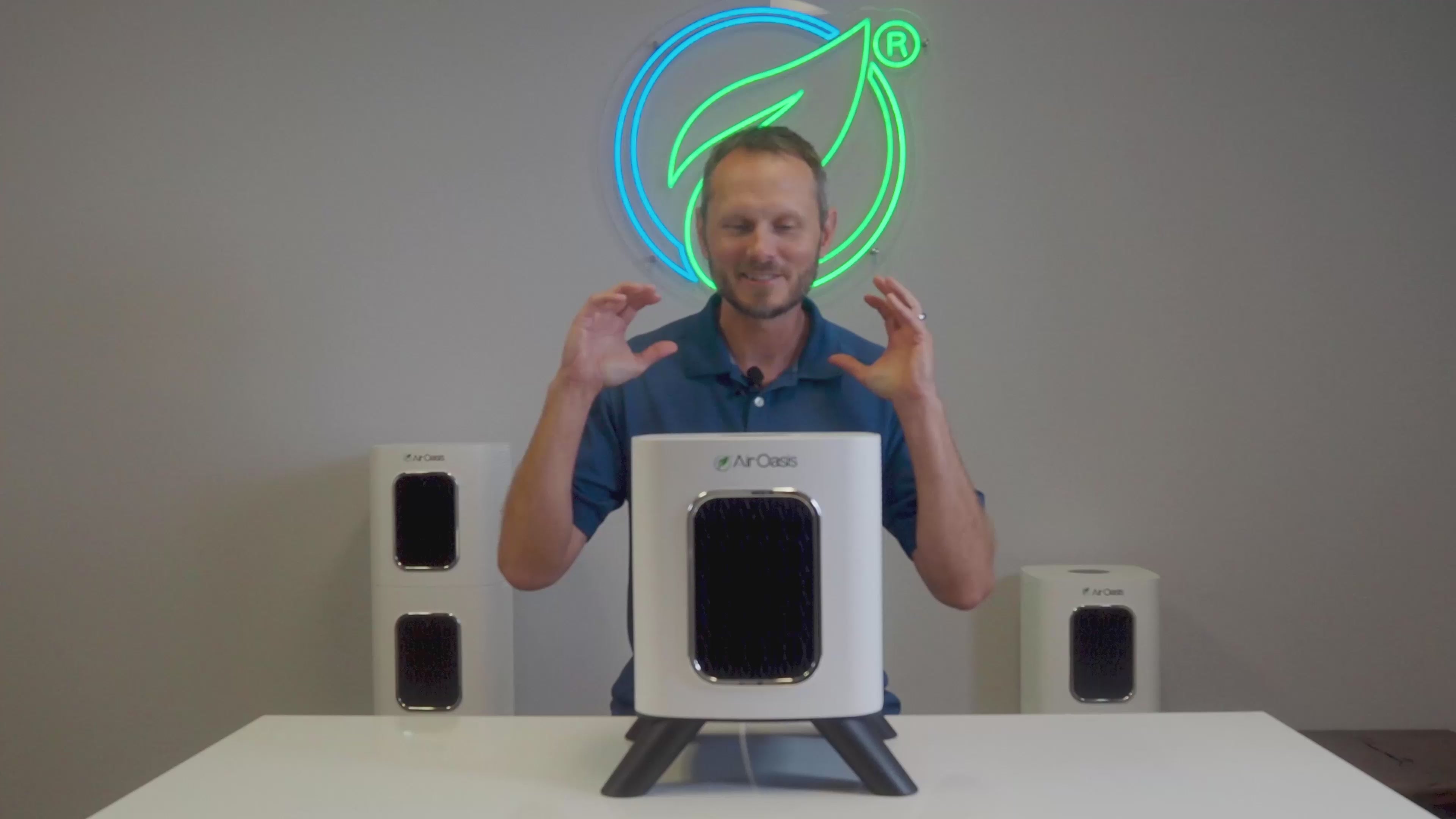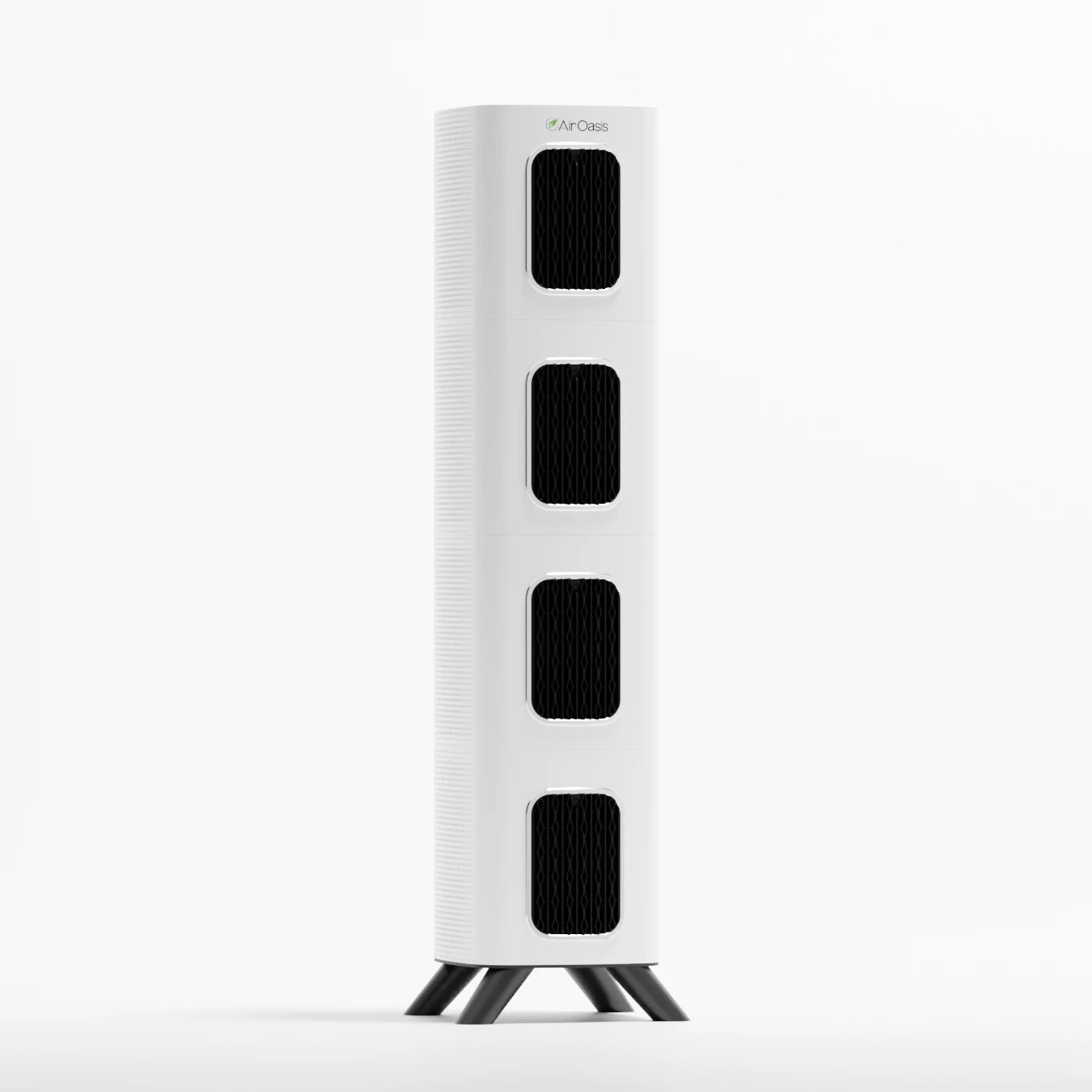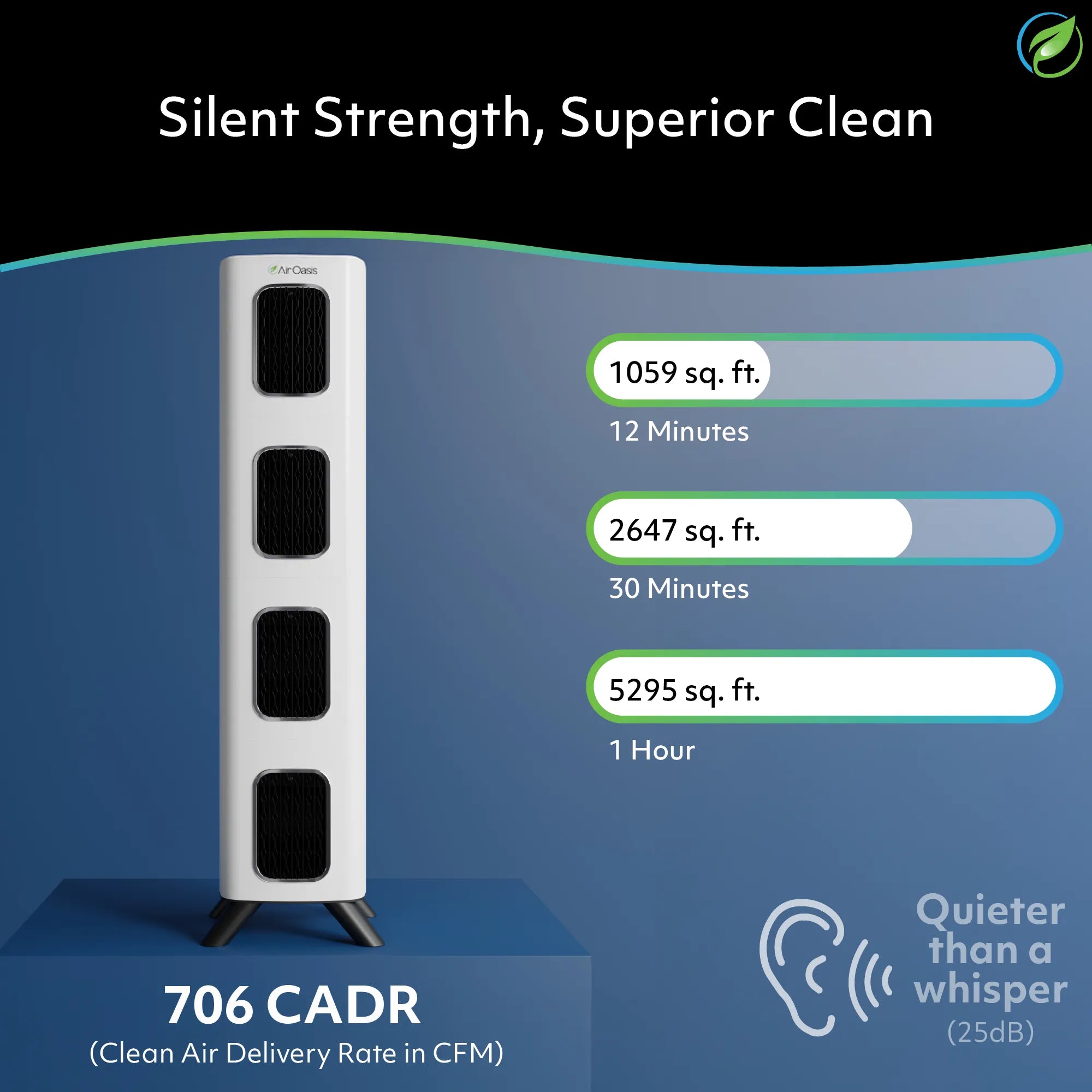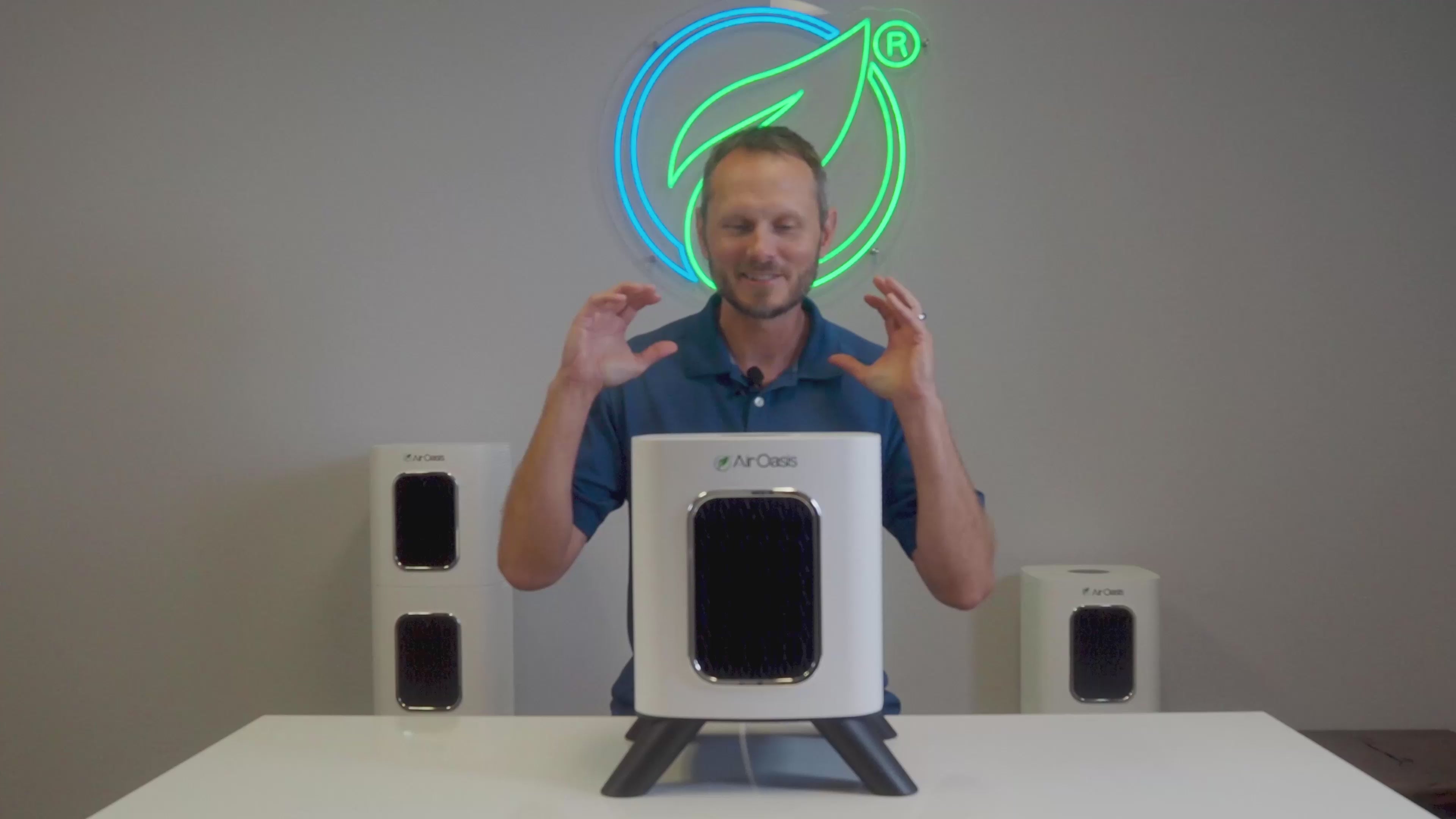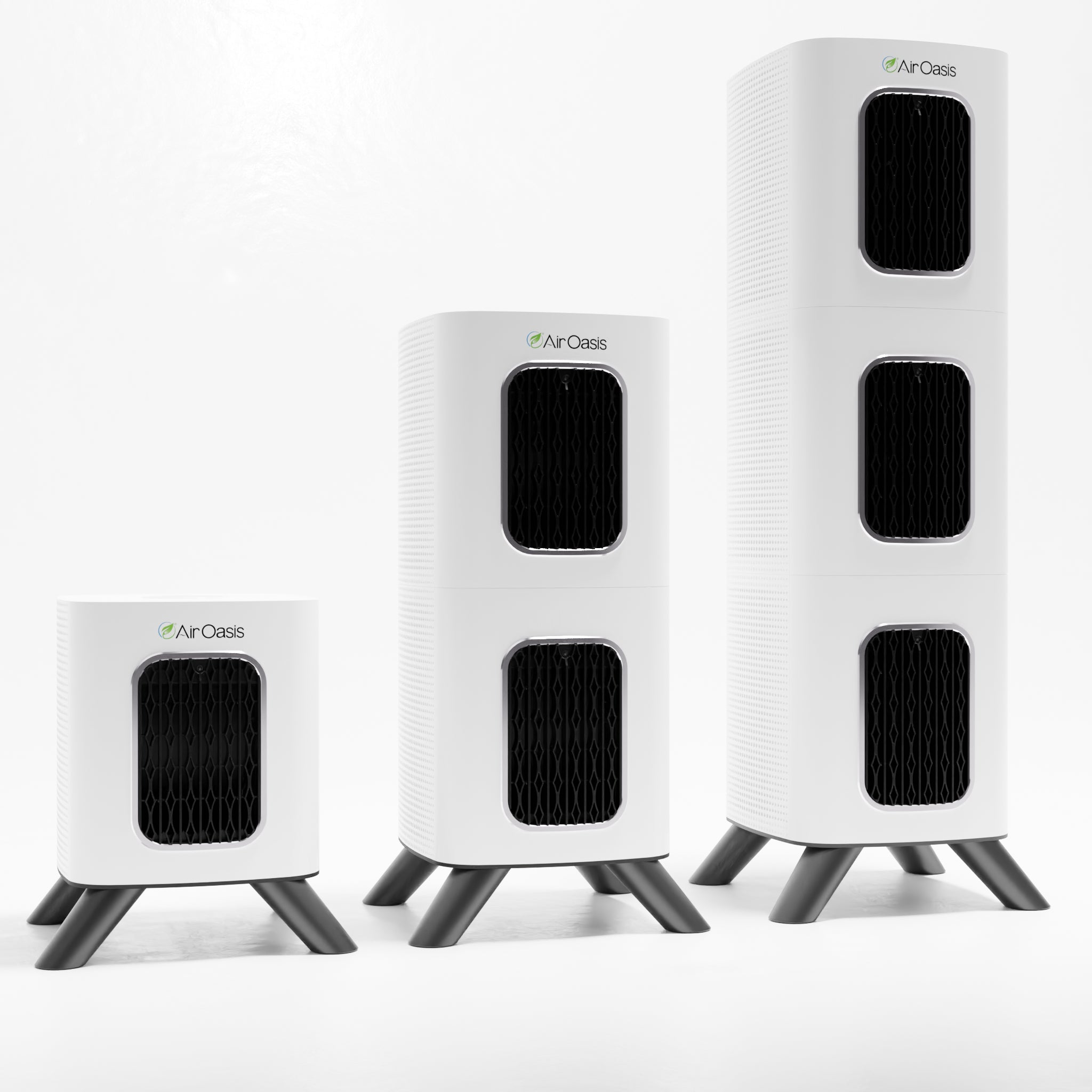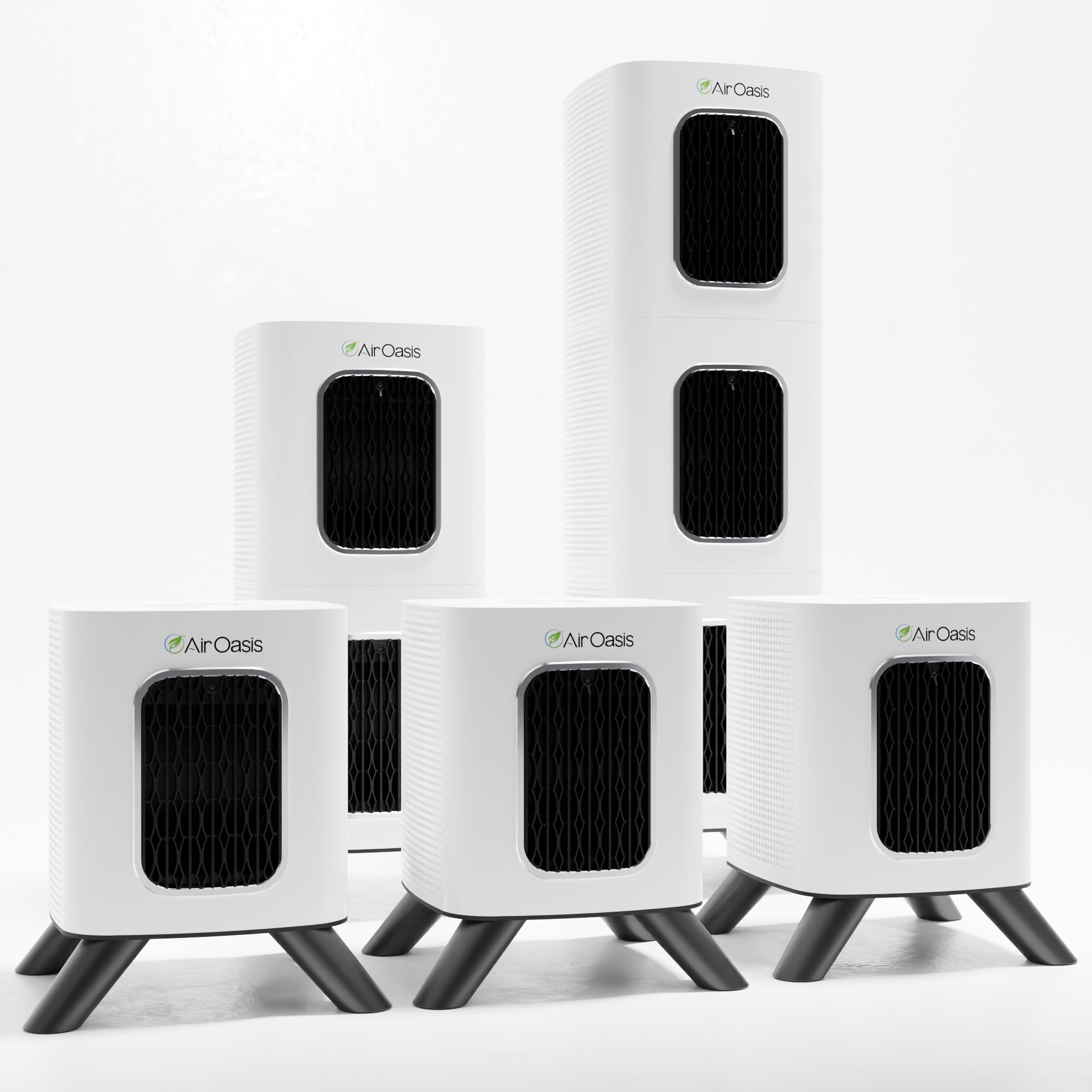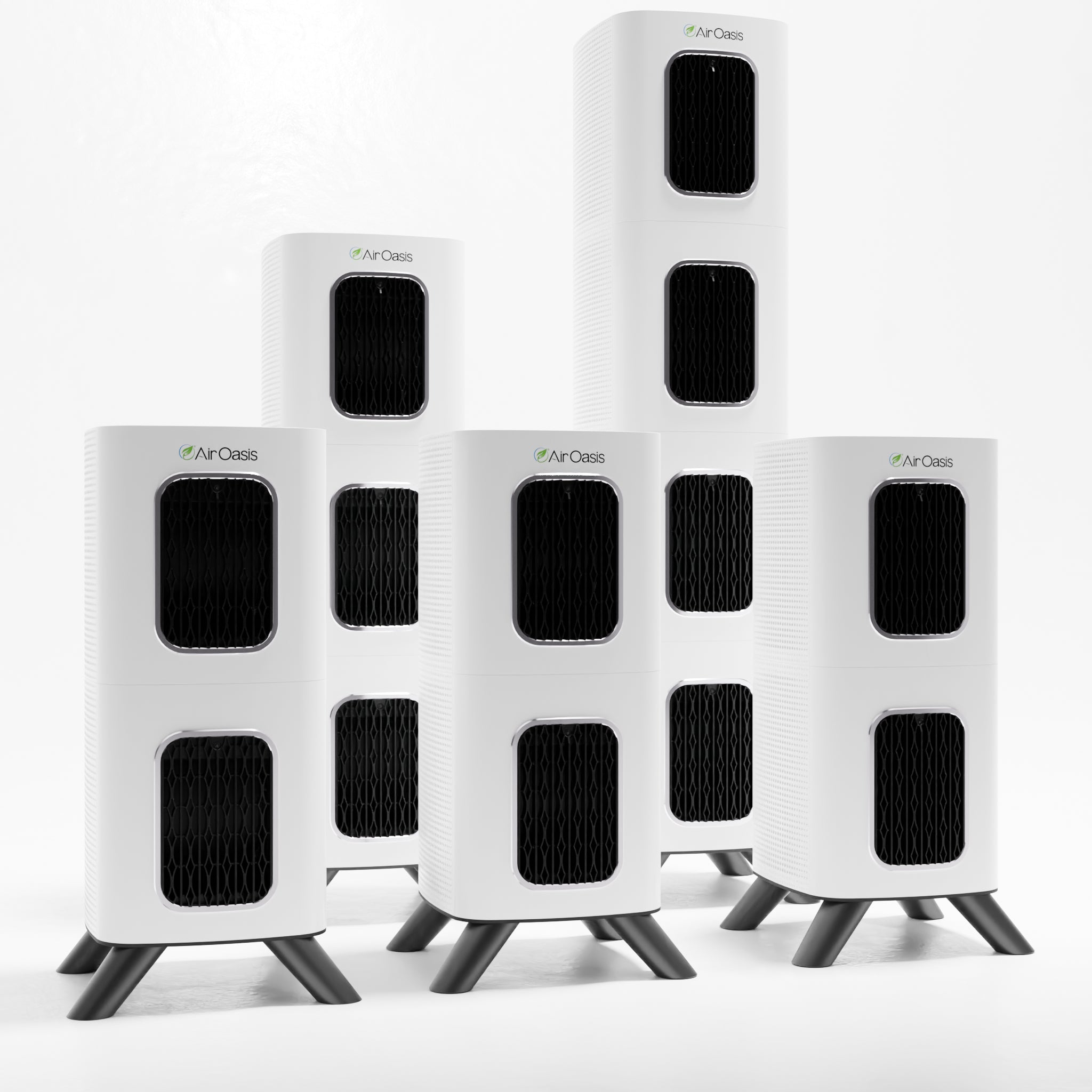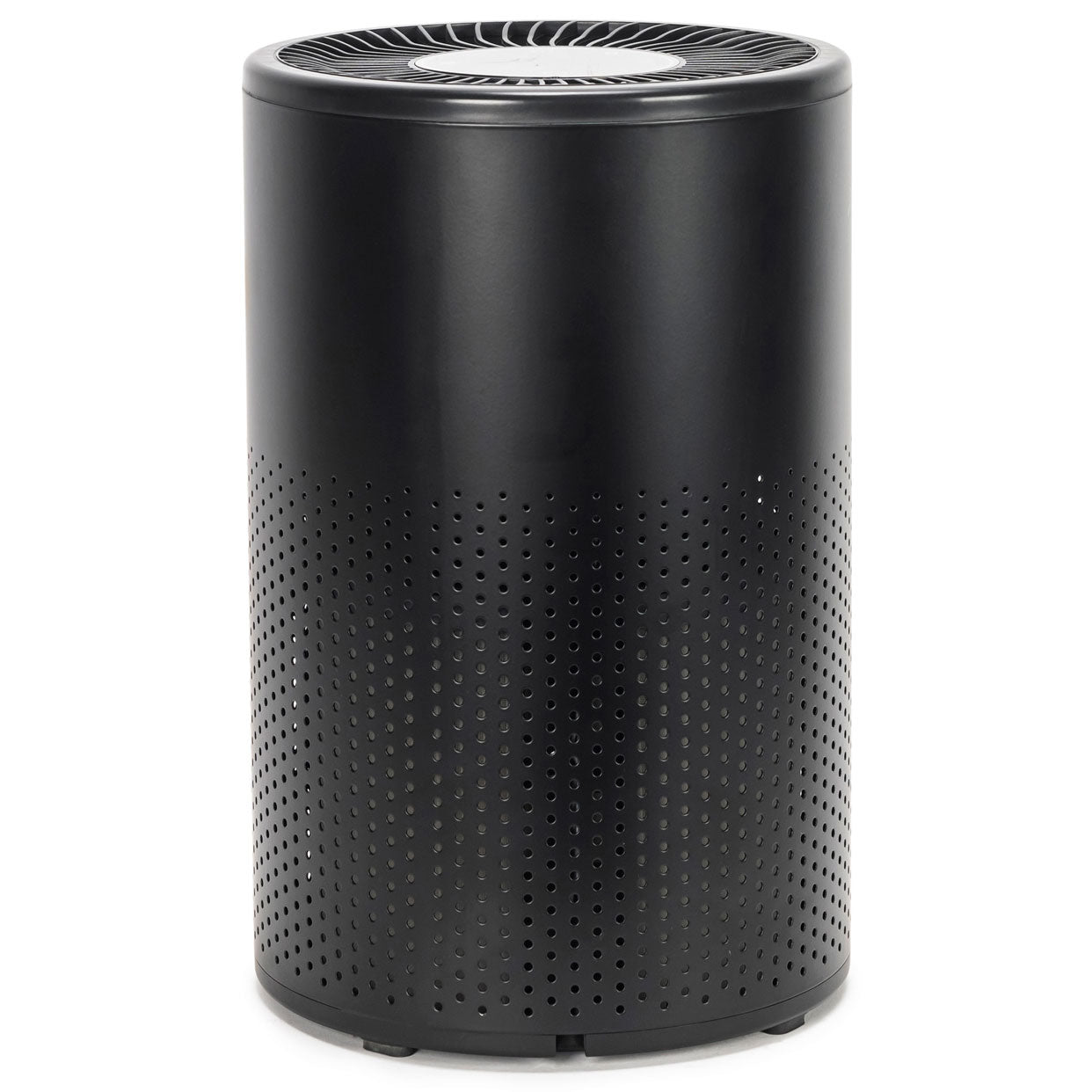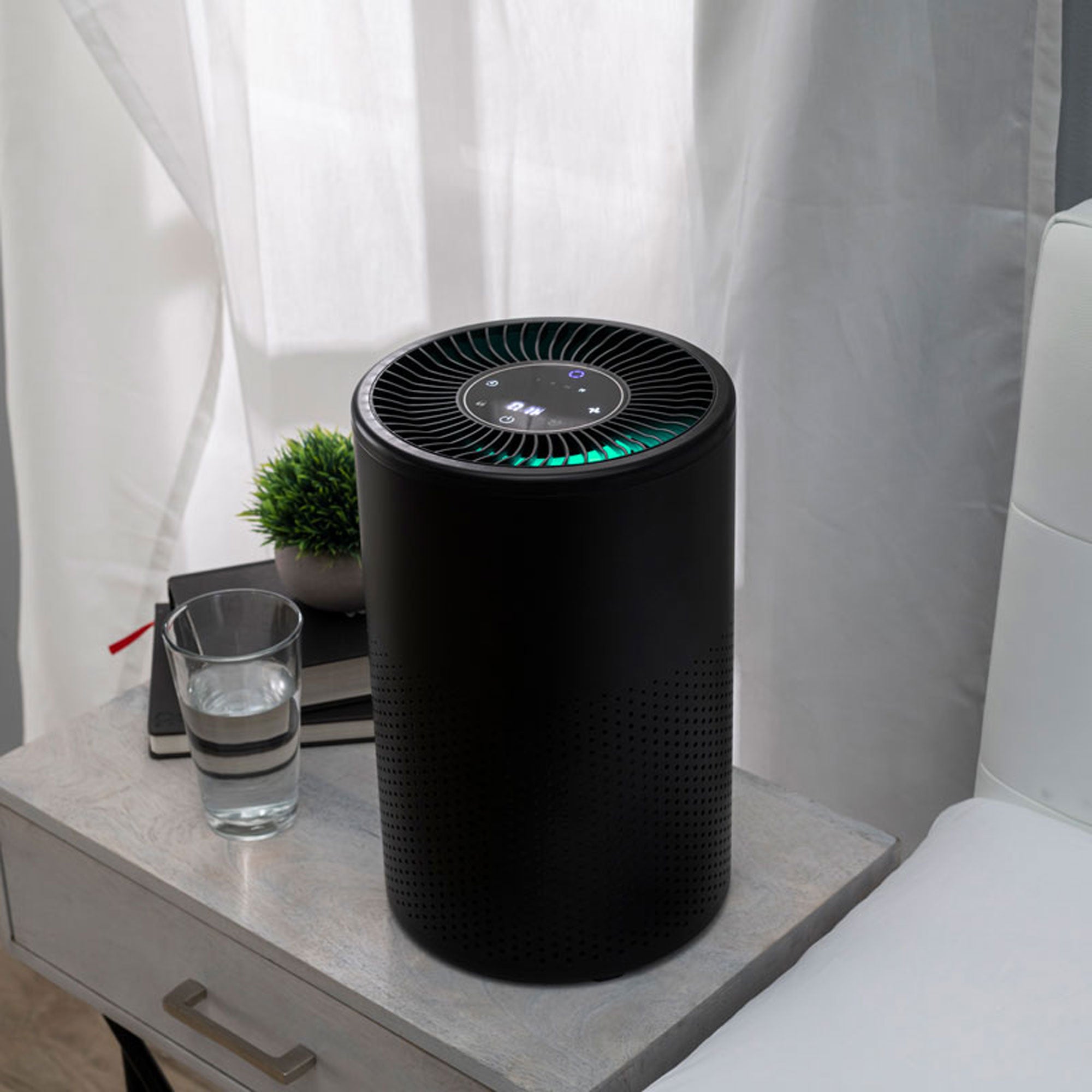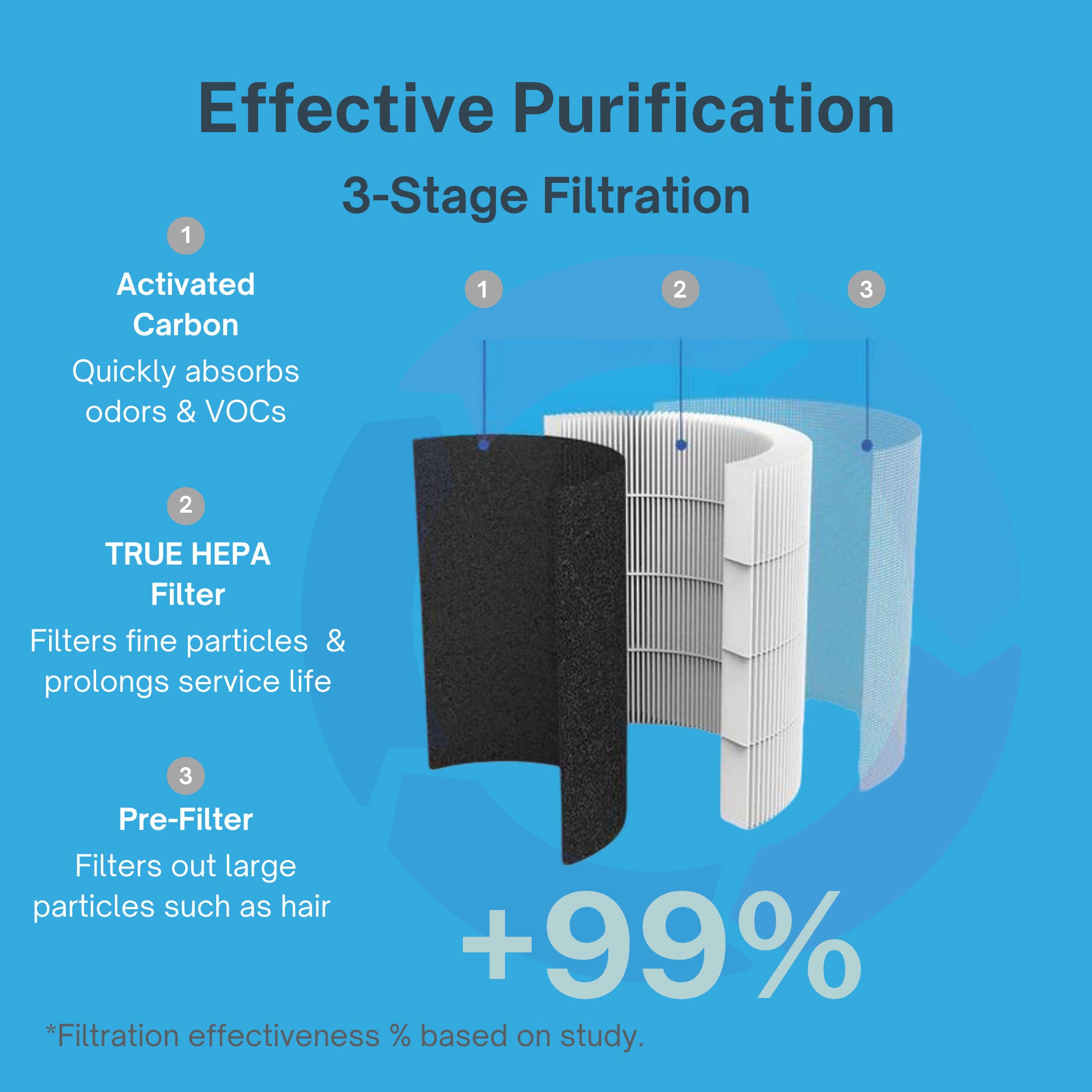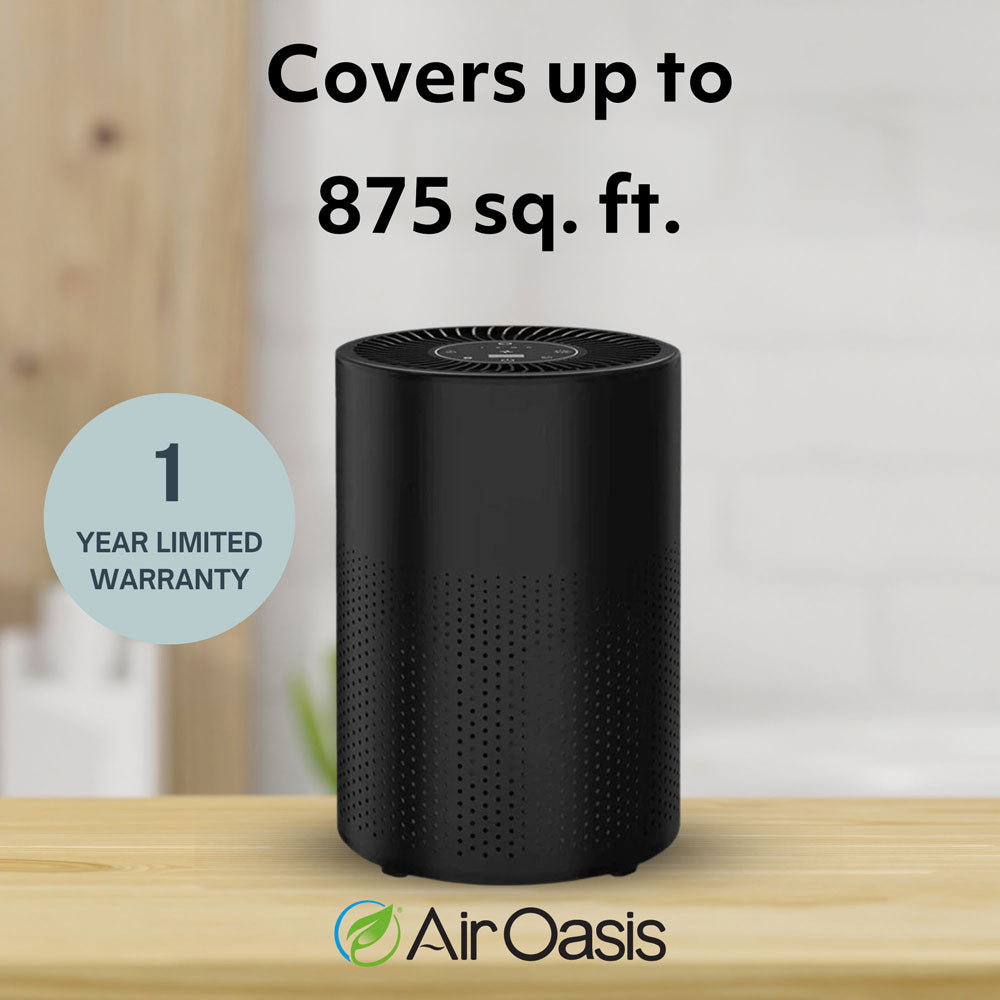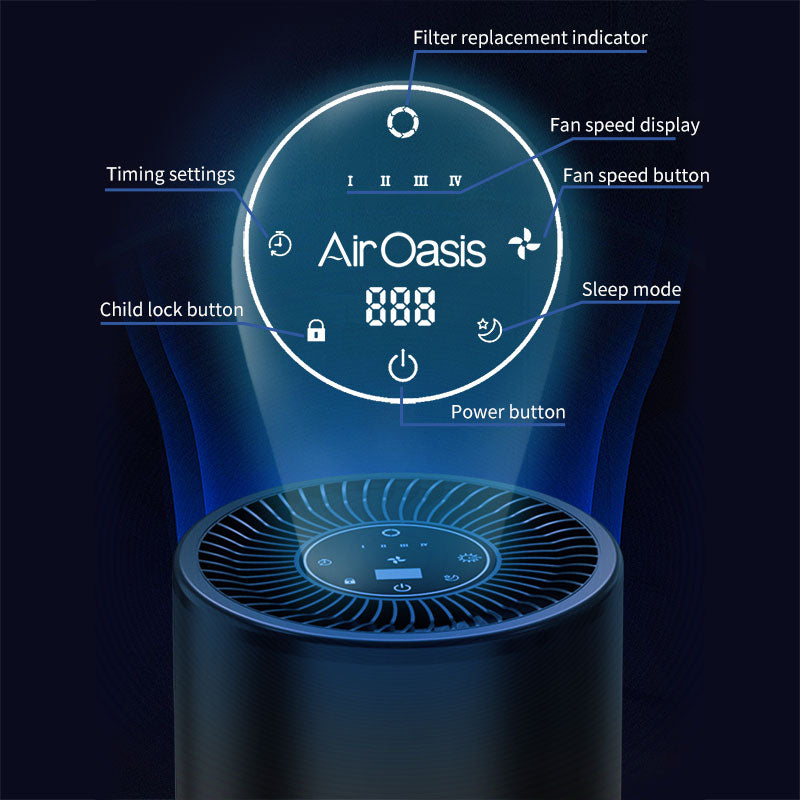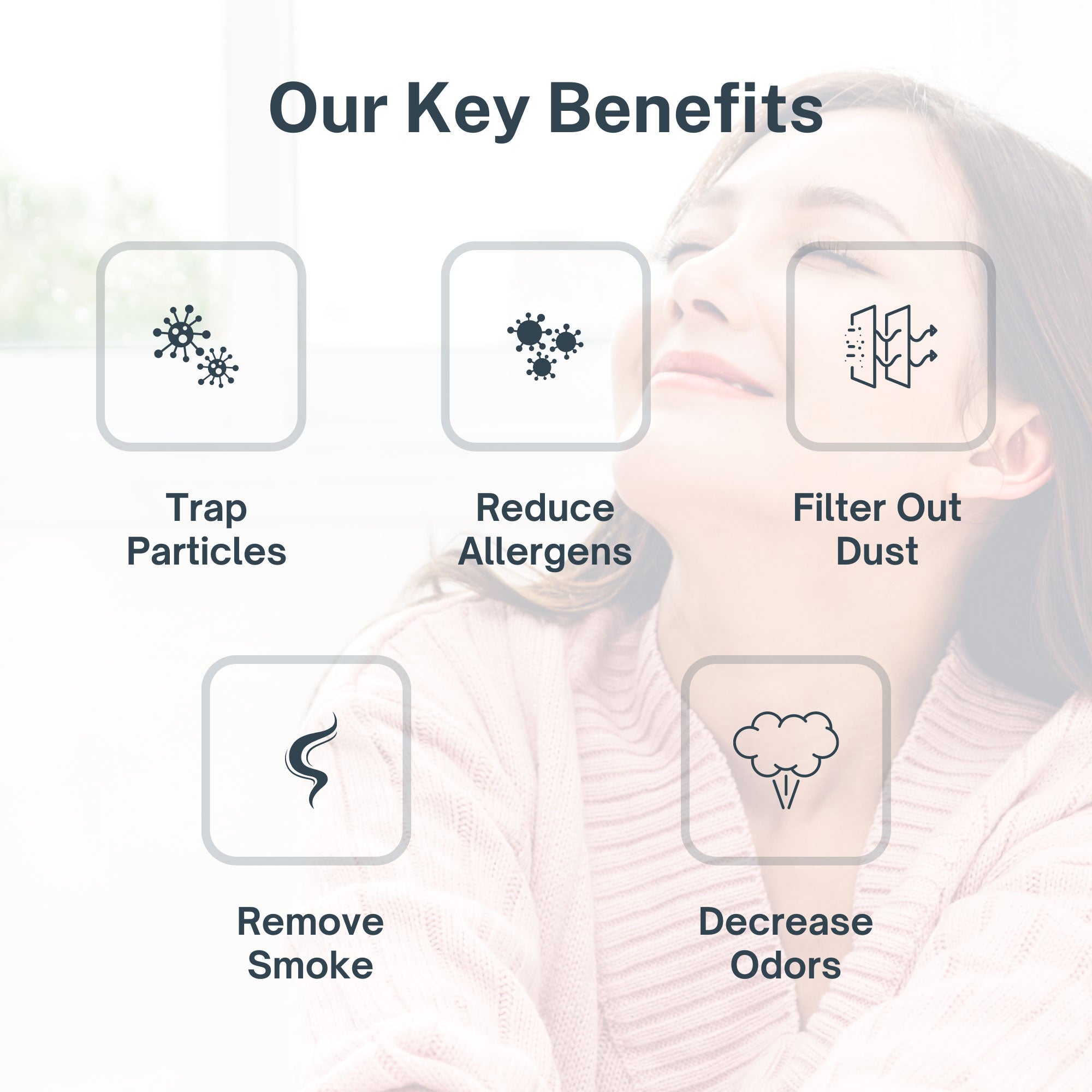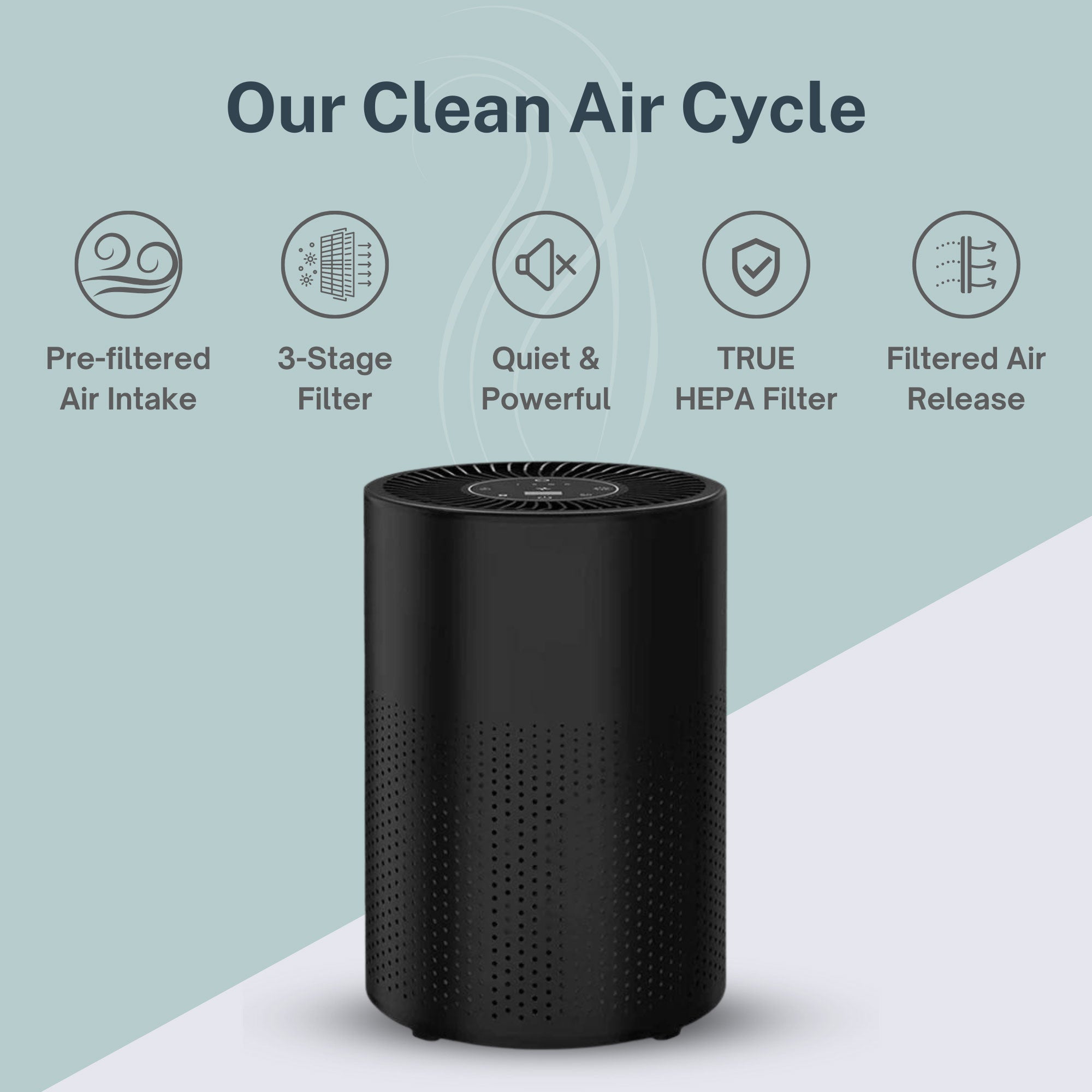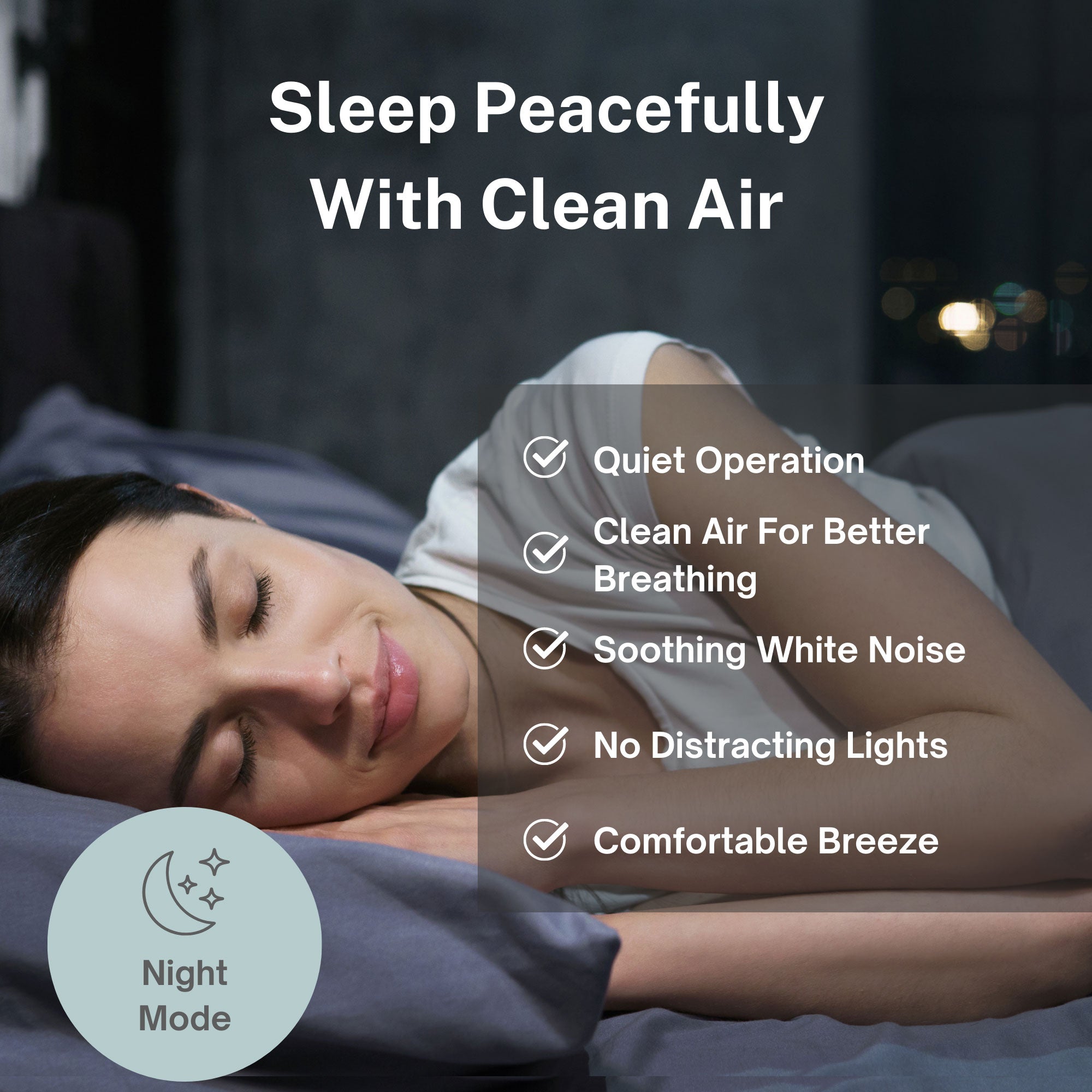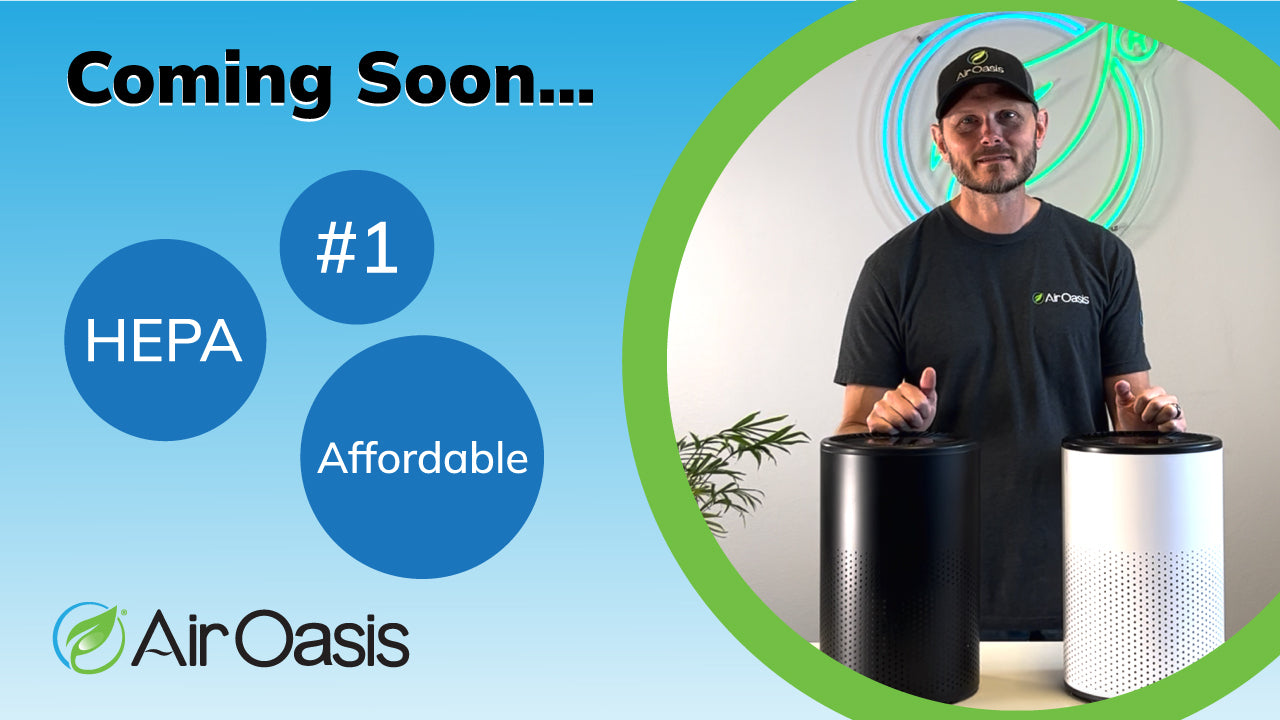Philadelphia families transformed their rowhouses into air quality monitoring stations in spring 2025, installing 60 real-time pollution trackers across Southwest Philadelphia and Delaware County neighborhoods. The Clean Air Council's grassroots initiative placed PurpleAir devices on porches and at churches along the I-95 corridor, giving residents hyperlocal data to make daily health decisions about everything from opening windows to planning outdoor activities.
Tina Alishia Brown's Southwest Philadelphia rowhouse now hosts one of these monitors, providing crucial data for protecting her 12-year-old son with asthma. "I can just check it periodically to see how the air quality is and decide whether or not to keep my windows open or closed — or should my little one stay in for the day?" Brown explained as Clean Air Council organizers installed the device at "nose level" on her front porch.
Government Monitors Miss Neighborhood-Level Pollution
Federal air quality monitoring networks fail to capture block-by-block pollution variations that directly impact individual families. Amanda Northcross from the University of North Carolina's Gillings School of Global Public Health noted that government monitors "won't tell you exactly what air pollution looks like within your neighborhood."
The gap becomes critical for families living near freeways, power plants, or industrial facilities. Government stations, often miles away, miss small-scale air quality changes within specific neighborhoods. Community monitors fill this void by providing real-time, location-specific data that reflects actual residential exposure conditions.
While PurpleAir devices may be less precise than expensive government equipment, they deliver the hyperlocal accuracy families need for daily health decisions. The Philadelphia network creates dense monitoring coverage throughout residential areas, giving vulnerable populations including children and those with respiratory conditions the granular information necessary for effective health protection.
Real-Time Data Powers Daily Health Decisions
Philadelphia's monitoring network provides color-coded air quality information that residents check "literally just like checking the weather," according to Clean Air Council organizer Jendaiya Hill. Green signals indicate safe outdoor conditions, orange warnings alert sensitive individuals to potential symptom triggers, and red alerts signal health risks for all residents.
This immediate access transforms how families manage their environmental health. Parents decide whether children should play outdoors, individuals with asthma determine if masks are necessary, and families optimize home ventilation by choosing when to open windows based on actual pollution levels rather than assumptions.
The practical applications extend to community-wide planning. Residents coordinate neighborhood activities, schedule outdoor events, and share health information with neighbors lacking direct monitoring access.
Community Action Fills Federal Regulatory Gaps
The Philadelphia initiative gained urgency as federal environmental regulations faced potential changes. With the EPA reconsidering dozens of environmental rules and terminating some community monitoring grants, local protection efforts became increasingly vital for neighborhood-level health security.
Hill emphasized that grassroots monitoring provides essential protection regardless of federal policy shifts. "No matter what's happening on a federal level, in this area that we're in, we can grow awareness and advocacy efforts around protecting our air," she said.
Community networks create local environmental health capacity that operates independently of federal structures while complementing government efforts. This approach provides resilience by ensuring residents maintain air quality access through multiple channels, reducing dependence on any single regulatory framework.
Protecting Vulnerable Populations Along I-95 Corridor
The monitoring network strategically targets areas along I-95 where traffic pollution, industrial emissions, and construction create elevated health risks. Fine particulate matter measured by the monitors poses serious threats beyond respiratory symptoms, potentially triggering heart attacks in cardiovascular patients and worsening asthma in children.
For families like Brown's with diagnosed asthma, real-time data enables proactive management that prevents symptoms rather than treating them after exposure. The initiative particularly benefits pregnant women, who face increased air pollution sensitivity during pregnancy.
Brown's work as a doula highlights connections between air quality awareness and comprehensive health support. Access to hyperlocal data enables expectant mothers to make informed decisions about activities and home ventilation that support optimal pregnancy outcomes.
Community monitoring makes air pollution's health impacts visible at the neighborhood level. When residents observe correlations between air conditions and family health symptoms, they develop deeper environmental health understanding that motivates long-term protection behaviors.
Accessible Technology Democratizes Environmental Health
Air monitors provide professional-grade measurements at a fraction of government equipment costs, making community-wide surveillance financially feasible for grassroots organizations. Public online mapping creates transparency that enables informed neighborhood decision-making.
Integration with government monitoring creates comprehensive regional air quality pictures serving both individual protection and broader environmental research. The combination of hyperlocal community data with regional surveillance provides detailed information necessary for effective public health protection.
Philadelphia's success provides a replicable model for other communities seeking enhanced environmental health protection through grassroots surveillance.
Neighbors Share Data to Build Community Resilience
Brown plans to share air quality information with neighbors, recognizing that individual monitors benefit entire communities. "Some of us are so busy working and raising families that we don't even think about air quality, until [an alert] flashes on the TV," she noted.
Neighborhood-level monitoring strengthens community resilience by building local environmental health capacity through social networks. When residents share information and coordinate protective measures, entire areas benefit from enhanced awareness and collective action.
Community monitoring supports environmental justice advocacy by documenting conditions in historically underserved neighborhoods experiencing disproportionate pollution exposure. Quantitative data enables organizations to advocate for improvements based on measurable impacts rather than anecdotal reports.
The educational component extends beyond immediate protection to long-term environmental literacy that empowers informed decisions about housing, activities, and health investments. Enhanced community capacity supports collective environmental health protection and advocacy.
Take Control of Your Neighborhood Air Quality
Philadelphia's rowhouse monitoring revolution demonstrates grassroots power in environmental health protection when residents take responsibility for understanding their air quality exposure. Community awareness must combine with effective indoor air management to create comprehensive protection regardless of external conditions.
The network's success shows how health-conscious individuals can enhance community environmental protection while safeguarding family wellness. Combining neighborhood air quality awareness with advanced home purification creates comprehensive environmental health strategies addressing both outdoor risks and indoor optimization.
Don't wait for distant government monitors to provide the hyperlocal information your family needs. Follow Philadelphia's community example and invest in comprehensive air quality management that protects your home when neighborhood conditions pose health risks. Shop Air Oasis today and create the indoor sanctuary that keeps your family healthy regardless of outside pollution levels.






